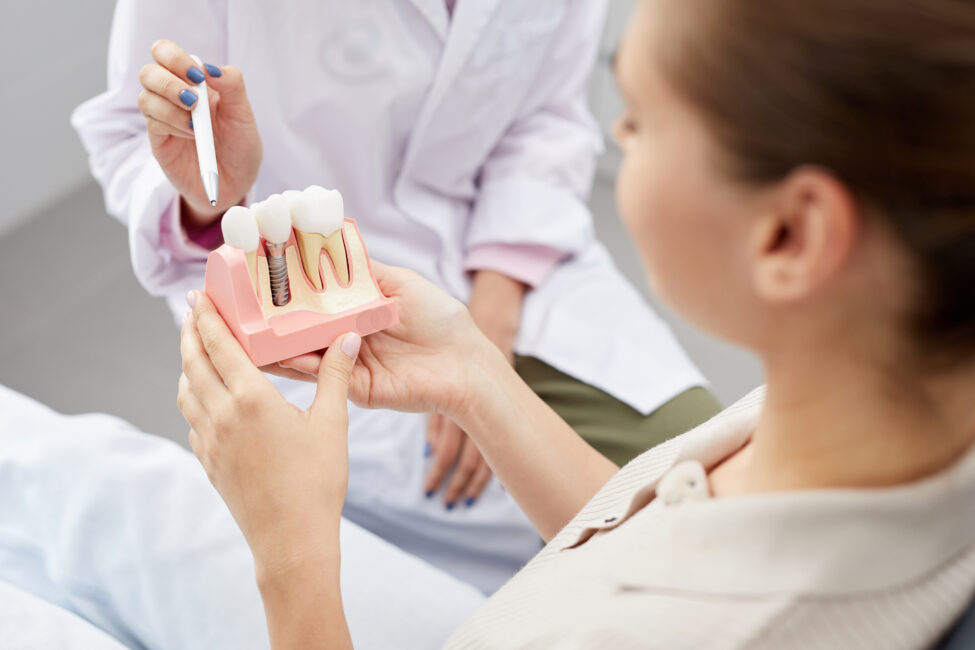Replacing a full set of teeth is a major decision—one that affects not only your oral health but also your confidence, appearance, and daily comfort. Among the many solutions available, two stand out for full-arch restoration: All-on-4 Plus and traditional dental implants.
Each method is designed to restore function and aesthetics, but how they achieve that goal can be very different. Factors like treatment time, bone condition, and surgical complexity often influence which approach works best. Knowing what sets them apart helps you make a choice that aligns with your needs and expectations—not just in the short term, but for years to come.
Read on to discover the four key differences between All-on-4 Plus and traditional implants that can shape your final decision.
1. Number of Implants Required
One of the most noticeable differences between these two dental implant procedures is how many posts are used to support a full set of teeth. This difference affects surgical complexity, material use, and long-term maintenance.
To understand how implant count impacts stability and long-term outcomes, the following are two important factors to consider:
- Strategic use of angled implants: All-on-4 Plus typically uses four to six angled implants placed toward the front and rear of the jaw. This positioning allows them to support a full-arch implant bridge using fewer posts while still maintaining strength and stability. For patients with bone loss or less bone volume in the back of the jaw, these placements can be especially effective.
- Supplementing with an extra implant for support: The “Plus” in All-on-4 Plus often refers to adding an extra implant to increase support in areas where bite pressure is uneven or bone quality varies. To see how this works in practice, visit a trusted dental implant clinic’s page on the All-on-4 Plus treatment and how it can restore patients’ smiles and oral health effectively. This extra support is especially helpful in upper arches or when durability under long-term wear is a concern.
Compared to conventional implants, which may require six to eight posts for the same arch, All-on-4 Plus uses fewer yet carefully positioned implants—resulting in a more efficient and often less invasive implant solution.
2. Surgical Procedure and Recovery Time
Each treatment involves a different surgical approach and pace of recovery. These differences can affect comfort, aftercare, and how quickly patients return to normal routines.
The following are two key factors that separate these two dental implant procedures:
- Fewer surgical stages with All-on-4 Plus: This approach typically involves just one surgery, during which all implants are placed and a temporary implant bridge is attached. Most patients complete the entire procedure in a single visit, minimizing the need for return appointments and extended healing windows between surgical steps. This makes it more efficient compared to conventional implants, which often require multiple stages spaced out over several months.
- Faster return to function and soft tissue healing: With All-on-4 Plus, temporary teeth are secured shortly after surgery, allowing patients to speak and eat with more confidence during the healing period. Because this technique uses fewer incisions and a more streamlined process, the gums and surrounding tissues typically recover more quickly, reducing overall downtime and discomfort.
This shorter and more streamlined approach appeals to many patients looking for a quicker implant solution without extended disruption to their daily life.
3. Bone Grafting Requirements
Bone volume plays a critical role in how and where implants can be placed. In cases of significant bone loss, conventional implants often require bone grafting to rebuild areas of the jaw bone before implant placement can proceed. This adds complexity, extends healing time, and may delay the overall progress of dental implant treatments.
In contrast, All-on-4 Plus relies on angled implants that are strategically placed to engage denser bone, often avoiding the need for grafting altogether. This approach is especially helpful for patients with bone loss in the upper jaw or around the sinus region. Because the implants are tilted and anchored where the bone is naturally stronger, many patients can proceed without waiting for bone regeneration procedures.
4. Treatment Time and Final Results
One of the biggest advantages of All-on-4 Plus is how quickly patients can receive a working set of teeth. Because temporary prosthetics are often attached shortly after the implants are placed, many individuals walk out with a functional smile within a day or two. This immediate setup helps patients eat, speak, and socialize with more confidence while waiting for their permanent restoration. For many, this means regaining a confident smile almost instantly—without the long wait typically associated with traditional implants.
On the other hand, traditional implants involve a longer timeline before the final result is achieved. Healing periods between stages can stretch over several months, and patients may need to wear removable dentures during that time. As a result, the wait for a permanent, fully functional smile tends to be significantly longer compared to All-on-4 Plus.
Final Thoughts
All-on-4 Plus and traditional implants both offer lasting solutions for full-arch tooth replacement, but they cater to different needs and circumstances. If you’re looking for a faster, less invasive option that often skips bone grafting, All-on-4 Plus may be the better fit. Traditional implants, on the other hand, provide flexibility and may be preferred in complex cases. Speak with your implant dentist to evaluate which method aligns best with your oral health and long-term goals.















